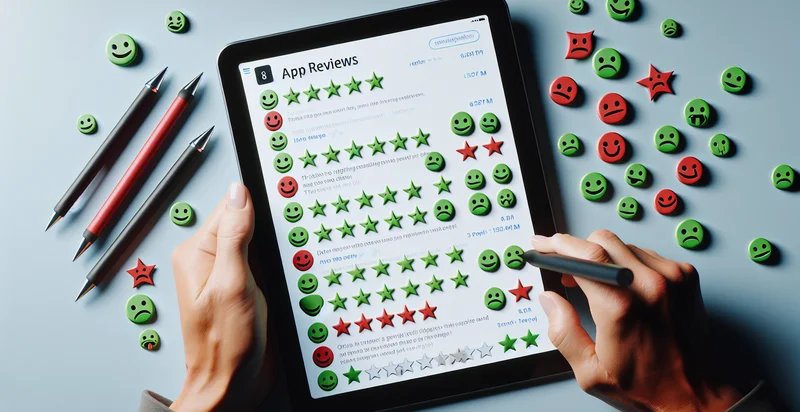Identify wellness app sentiment
using AI
Below is a free classifier to identify wellness app sentiment. Just input your text, and our AI will predict the user's overall sentiment towards their wellness journey - in just seconds.

Contact us for API access
Or, use Nyckel to build highly-accurate custom classifiers in just minutes. No PhD required.
Get started
import nyckel
credentials = nyckel.Credentials("YOUR_CLIENT_ID", "YOUR_CLIENT_SECRET")
nyckel.invoke("wellness-app-sentiment", "your_text_here", credentials)
fetch('https://www.nyckel.com/v1/functions/wellness-app-sentiment/invoke', {
method: 'POST',
headers: {
'Authorization': 'Bearer ' + 'YOUR_BEARER_TOKEN',
'Content-Type': 'application/json',
},
body: JSON.stringify(
{"data": "your_text_here"}
)
})
.then(response => response.json())
.then(data => console.log(data));
curl -X POST \
-H "Content-Type: application/json" \
-H "Authorization: Bearer YOUR_BEARER_TOKEN" \
-d '{"data": "your_text_here"}' \
https://www.nyckel.com/v1/functions/wellness-app-sentiment/invoke
How this classifier works
To start, input the text that you'd like analyzed. Our AI tool will then predict the user's overall sentiment towards their wellness journey.
This pretrained text model uses a Nyckel-created dataset and has 21 labels, including Anxious, Content, Disappointed, Discouraged, Dissatisfied, Enthusiastic, Frustrated, Fulfilled, Happy and Hopeful.
We'll also show a confidence score (the higher the number, the more confident the AI model is around the user's overall sentiment towards their wellness journey).
Whether you're just curious or building wellness app sentiment detection into your application, we hope our classifier proves helpful.
Related Classifiers
Need to identify wellness app sentiment at scale?
Get API or Zapier access to this classifier for free. It's perfect for:
- User Feedback Categorization: The wellness app can automatically categorize user feedback into positive, neutral, or negative sentiment categories. This helps developers prioritize improvements and enhance user engagement by addressing areas of concern identified in negative feedback.
- Personalized Wellness Recommendations: By analyzing sentiment in user interactions and journal entries, the app can tailor wellness recommendations based on the user's emotional state. This personalization increases the relevance of suggestions, improving user satisfaction and adherence to wellness routines.
- Emotional Trends Monitoring: The app can track users' sentiment over time, identifying patterns in emotional well-being. By providing insights into trends, it helps users understand their mental health fluctuations and encourages them to adopt healthier habits or seek professional help when necessary.
- Enhancing Community Engagement: The sentiment analyzer can evaluate the emotional tone of posts and comments in community forums within the app. This can help moderators identify toxic interactions and foster a supportive environment, leading to a more positive community experience.
- Targeted Marketing Campaigns: Businesses can leverage sentiment analysis to tailor marketing efforts based on user sentiments expressed in app reviews or social media. By focusing on positive sentiments and addressing negative sentiments in communications, campaigns can be more effective and resonate better with the target audience.
- Improving User Retention Strategies: By analyzing the sentiment of users who disengage from the app, businesses can identify potential pain points and areas of dissatisfaction. This information can be used to develop targeted retention strategies that address these issues, ultimately increasing user loyalty.
- Content Adaptation Based on Sentiment: The wellness app can adapt its content, such as articles and exercises, based on user sentiment analysis. By understanding users' emotional responses, the app can suggest content that is more likely to resonate positively, making the wellness journey more impactful and enjoyable.


